Introduction to Egypt
Egypt is one of the most recognisable travel destinations in the world. From the bustling streets of the ancient capital of Cairo to the mighty Nile River and the awe-inspiring towering pyramids and monuments that loom over the desert, it is easy to see why so many have fallen in love with Egypt and for those who have not been is often at the top of their travel bucket list.

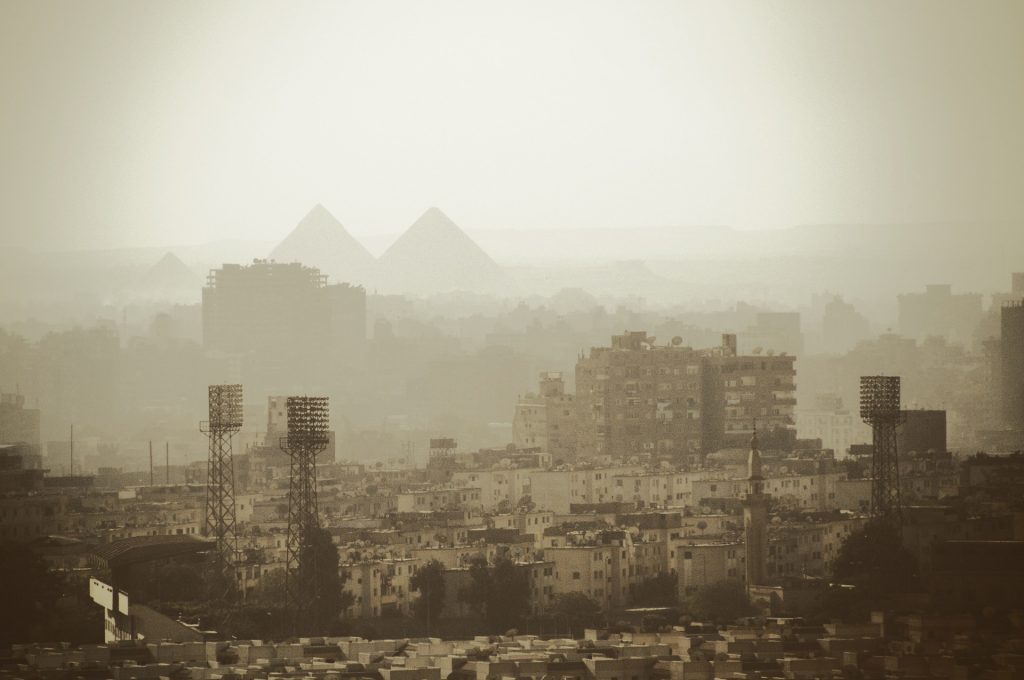
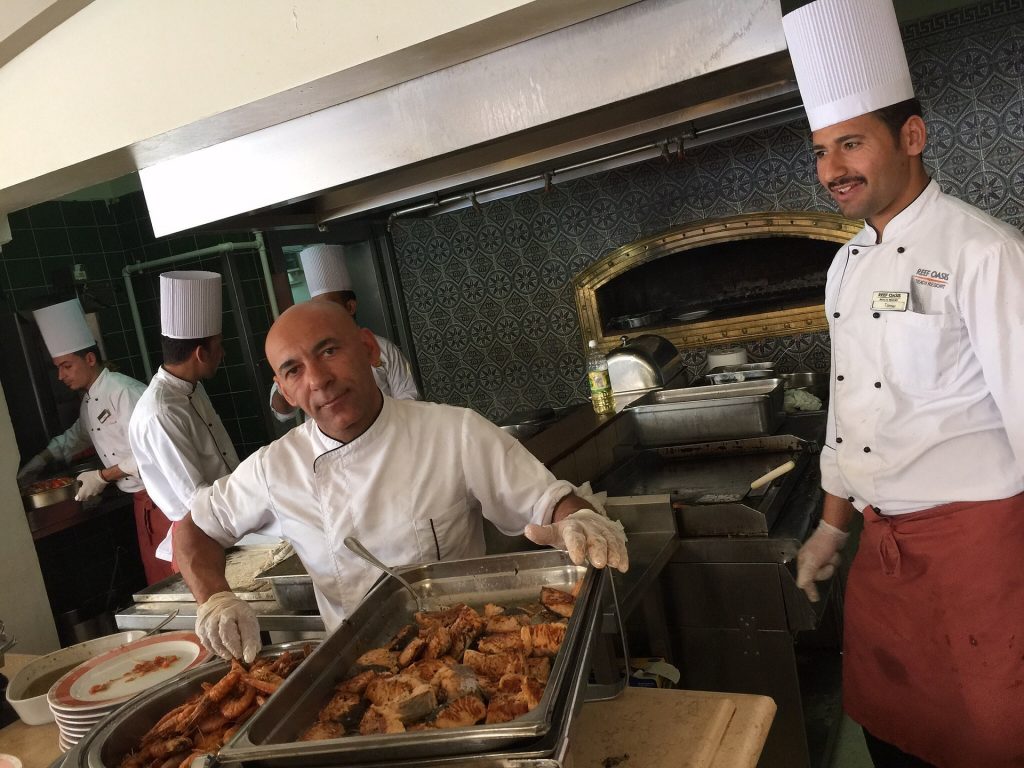
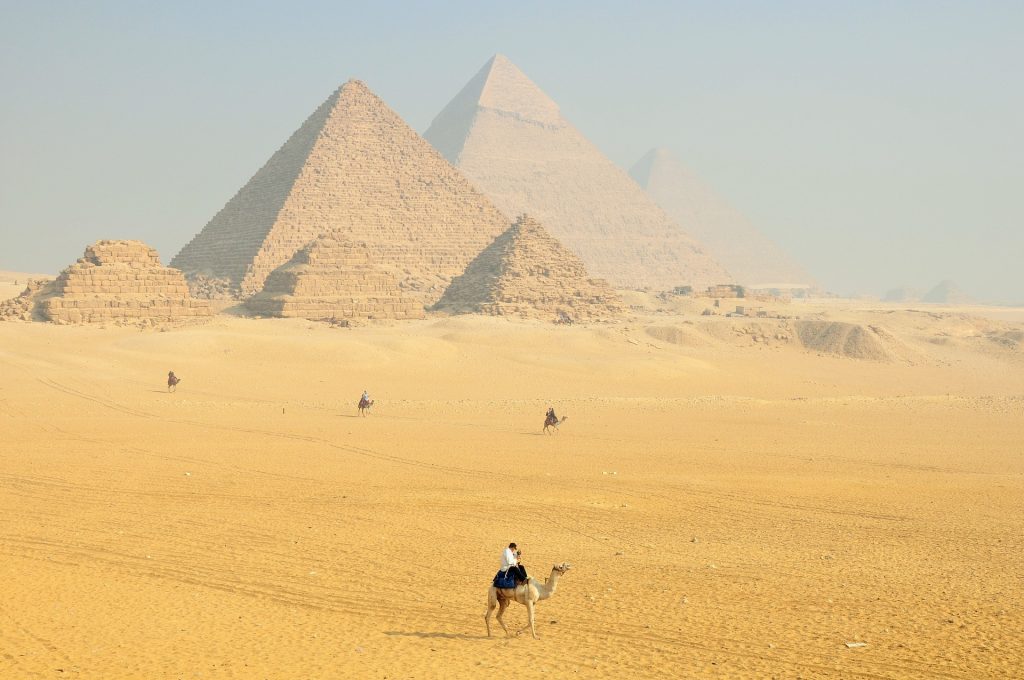
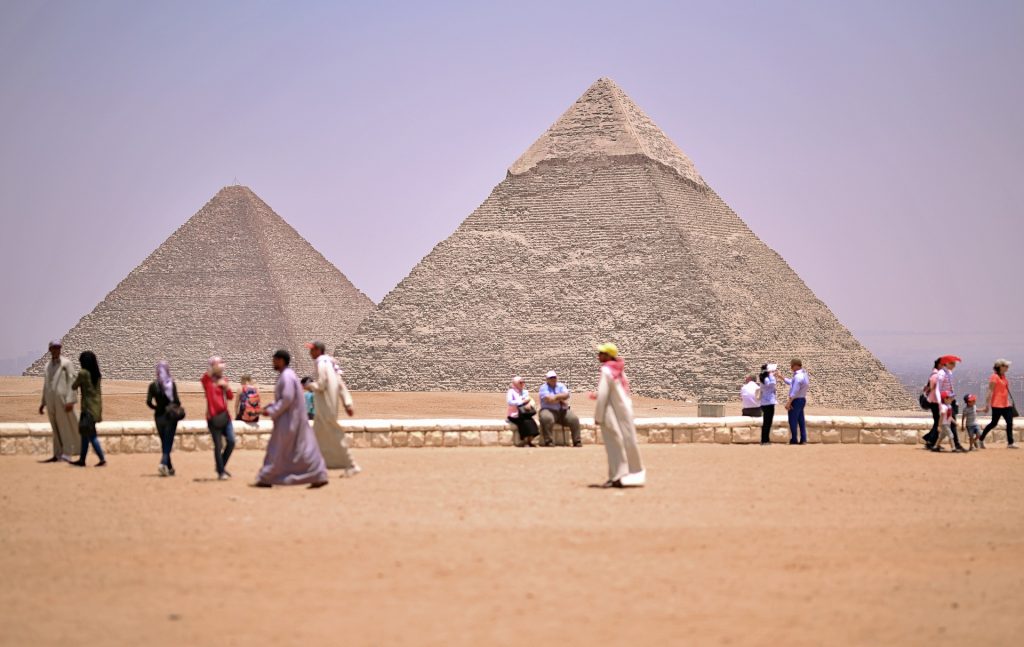
Egypt has had a long and storied history from the times of pharos, empires and rulers who brought early civilisation to this area of which the remnants can be seen today with sprawling temples, tombs and buildings from an ancient time dotted across the landscape. The more recent contemporary history surrounding Egypt also brought the country back into the news when massive protests broke out in the spring of 2011, which led to the Egyptian revolution and brought tourism to one of the world’s most famous destinations to a halt over fears of safety.
After years of political changes and strife, the situation has since stabilised, and the country, along with its people, are very keen to welcome visitors.
Below is a list of services we can provide you when planning and undertaking your Egyptian adventure!
First-Class Guide Services at Unbeatable Prices

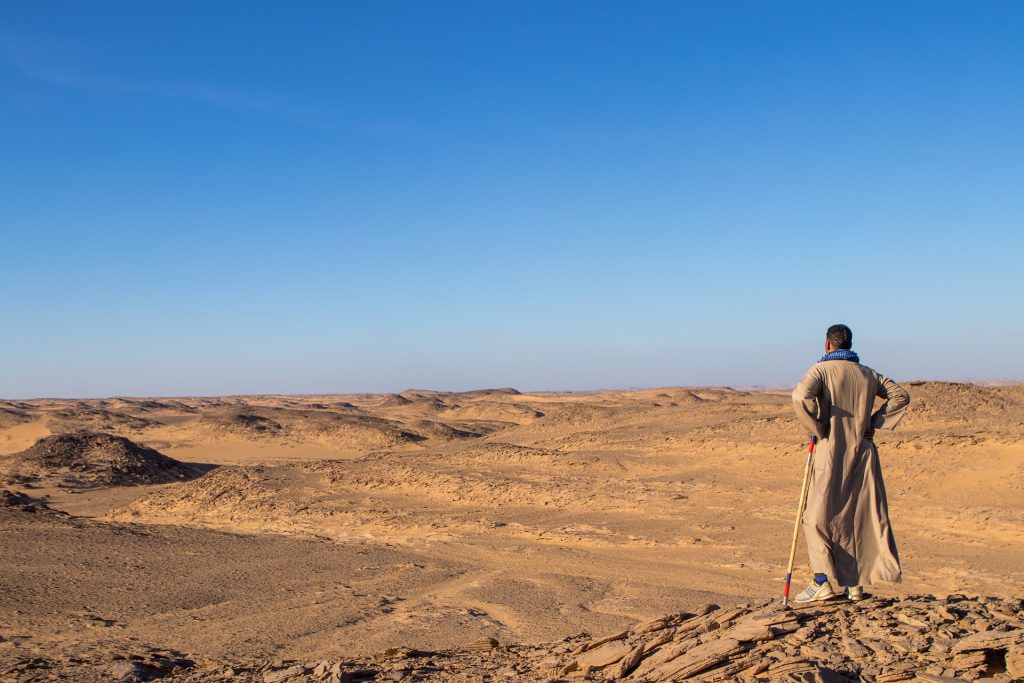
In Egypt, the partners we work alongside employ experienced, bilingual, professionally trained tour guides who are friendly, accommodating, and bring the country, history, and culture to life.
Safe Vehicle Rental Services in Egypt
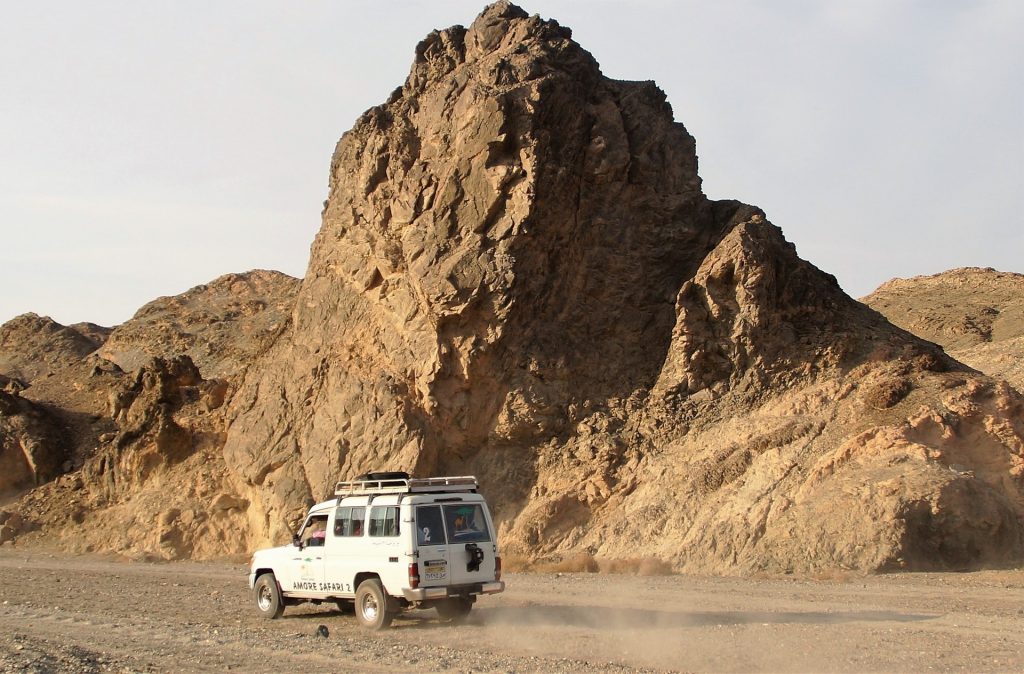
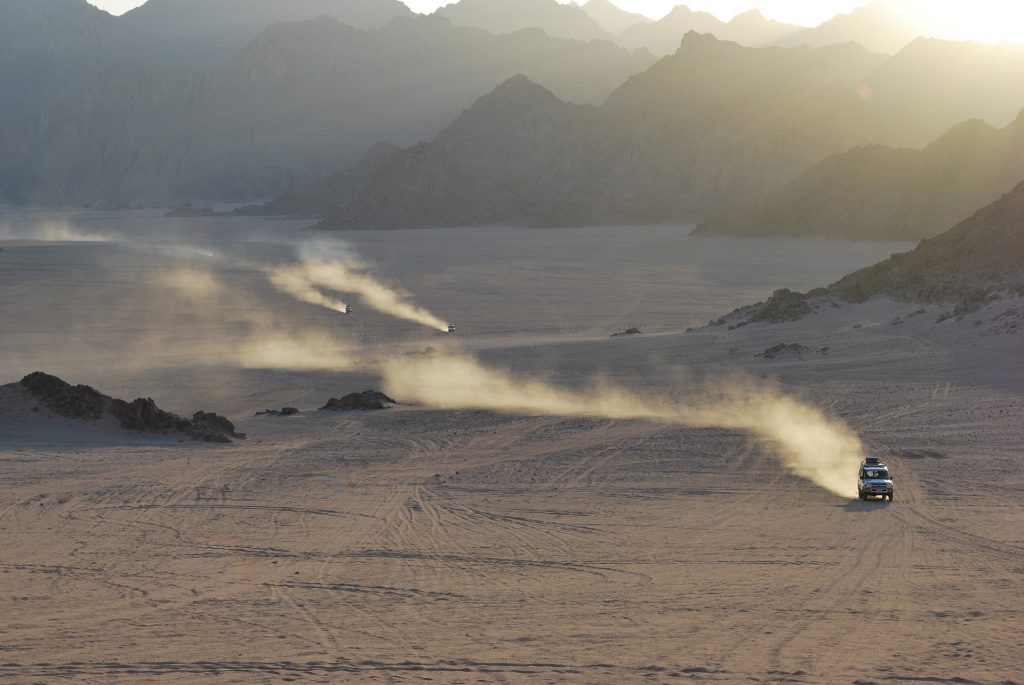
We can take all the hassle out of organising vehicle rental in Egypt. Whether you need a small car, a bus arranged with a certified professional driver for a large group or perhaps a 4×4 vehicle to take you into the Egyptian expanse, we have you covered.
If you like we can arrange for a vehicle and driver independently from tour guiding services, or they can be in arranged conjunction.
The Classic Sites of Egypt
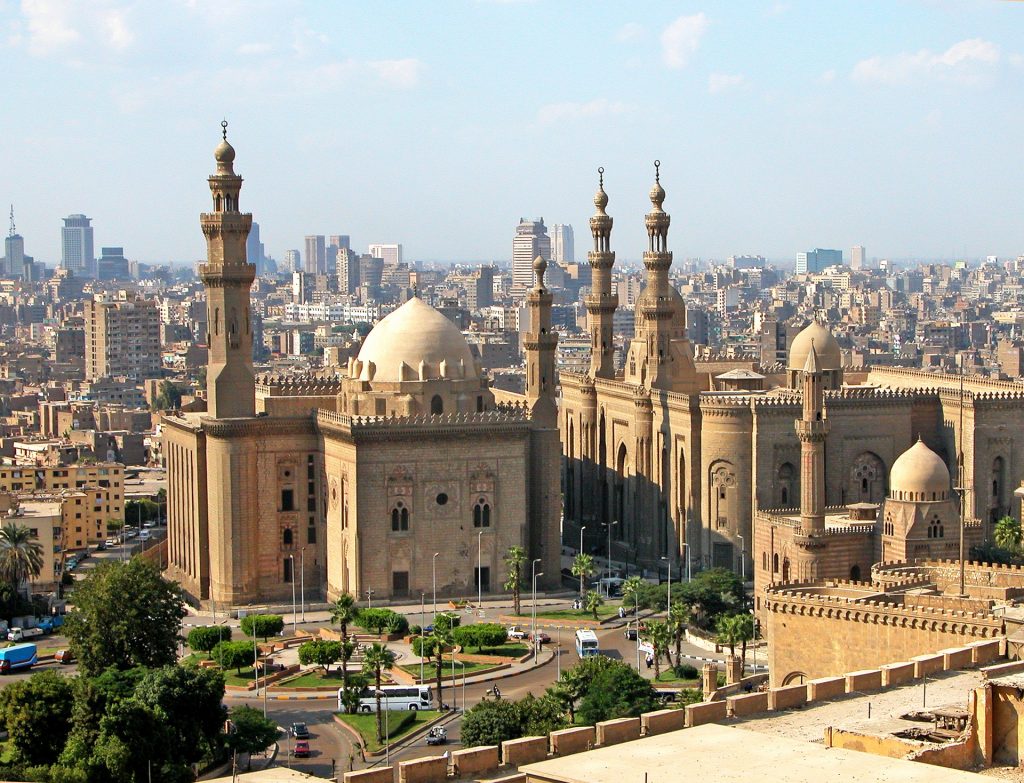
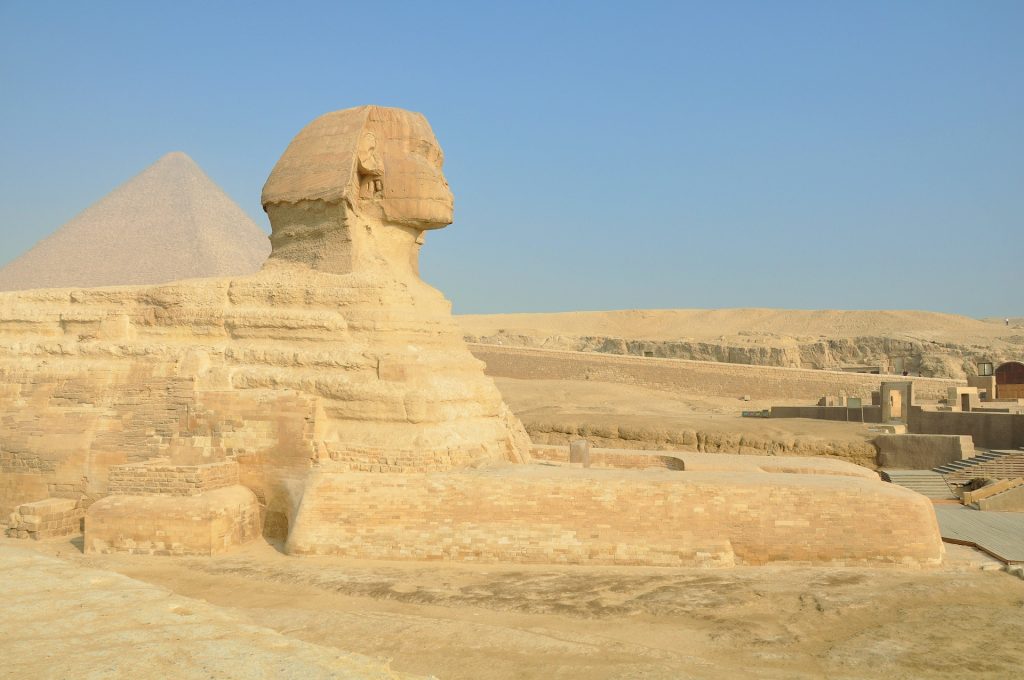
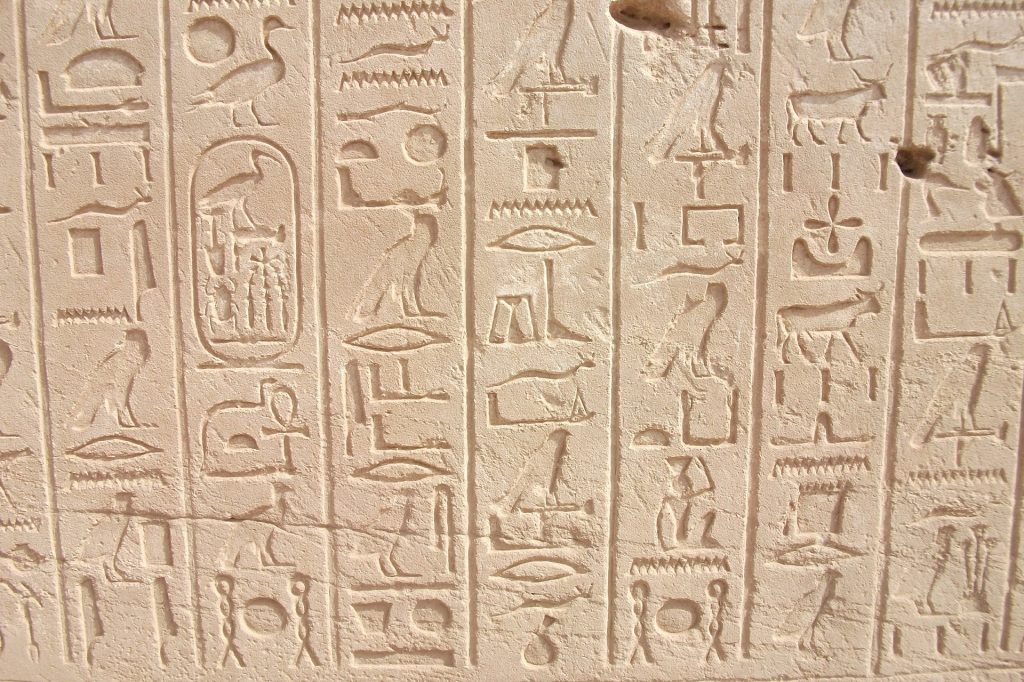
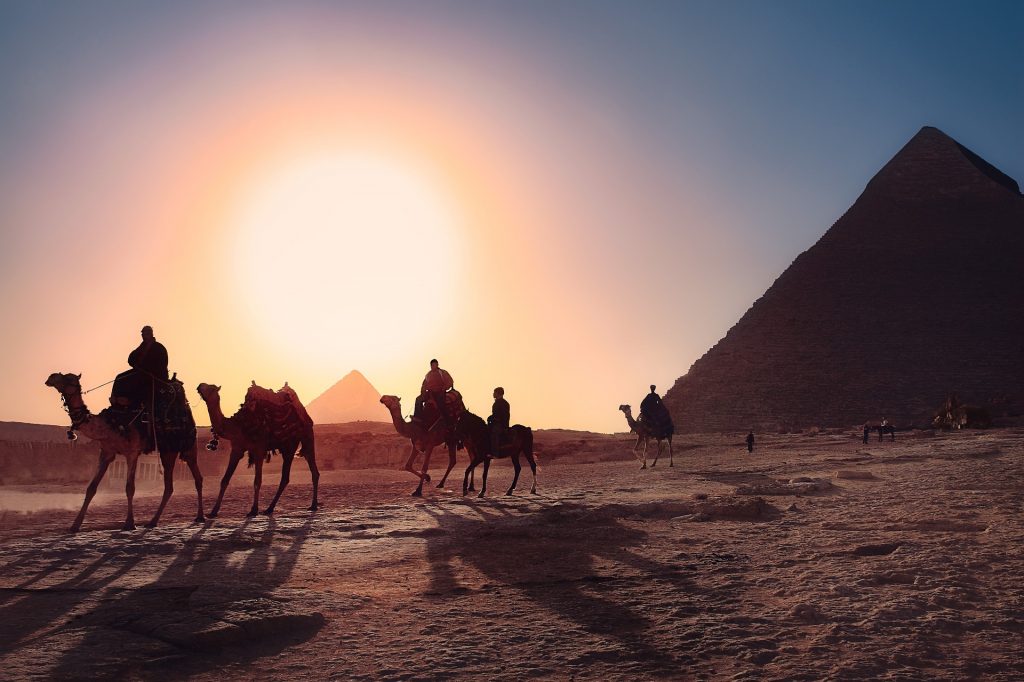
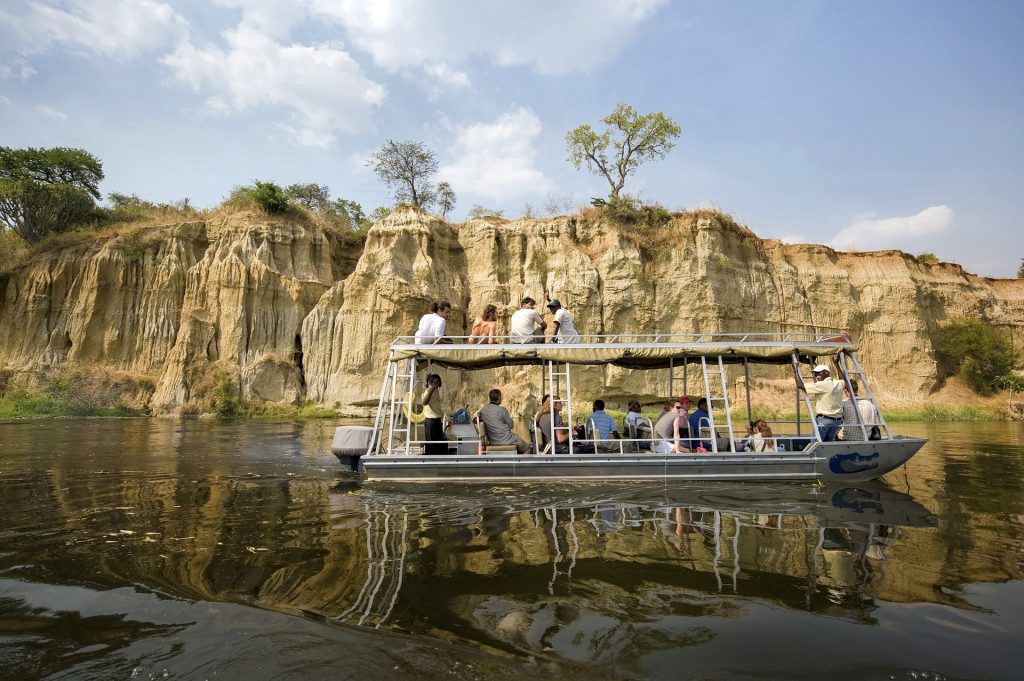
While we promise to do our best in showing you a different side of Egypt, if it is your first time visiting the country, these are the essentials that are must-visits even though they may be very much on the beaten path.
The Pyramid of Giza
Located North of Cairo on the Giza of the west bank of the Nile River is the only surviving ancient wonder of the world, the marvellous Pyramid of Giza. Despite you probably seeing this iconic landmark dozens of times in photos and film, in order to truly appreciate its awesomeness, it must be seen in person. Standing next to each block and fully appreciating the size and technological achievement is a mind-blowing experience that will leave you with more questions than answers.
Cruising the Nile River
Flowing for over 6,600 kilometres before emptying into the Mediterranean Sea, the Nile River’s cultural and historical influence cannot be understated. For thousands of years, this river provided life to those who lived alongside it, acting as an irrigation system and allowing lush agricultural land to form out of the dry area that surrounds the river. Today the river still retains importance as an irrigation system and trade route.
For visitors to Egypt, we recommend taking a cruise down the river by sailboat to soak up the Egyptian sun, savour local delicacies and beverages and most importantly, get up and close to some of the countries most famous archaeological sites that run with the river.
Safari Expedition in the Desert
Just a few hours outside Cairo’s hustle and bustle sit some of the world’s most beautiful pristine desert. We can arrange travel here by camel for the adventurous or a comfortable 4×4 with AC, where you can truly appreciate the beauty and isolation of being surrounded by complete desert on all sides.
Go Beneath the Red Sea and Explore Underwater Ecosystems
Whether you are a veteran scuba driver or just want to try a new exhilarating experience, the red sea in Egypt offers fantastic scuba diving opportunities for all levels. The underwater world off the coast of Egypt is marked by massive vibrant coral cliffs, schools of bright tropical fish and the eerie wrecks of ships that perished off the country’s shore that are time capsules to different eras throughout humanity waiting to be explored.
Luxor
Known as the world’s most incredible open-air museum, Luxor is a sprawling complex of ancient monuments that was once the home to the most powerful pharos in Egypt during their time in power. Words, however, can not describe this place. The setting is out of this world as the beautiful Nile River flows through the dazzling modern section of the city and the Theban Necropolis used for important burial rituals in ancient Egypt, all topped off by a fantastic collection of monuments, temples and riches from an era gone by that dot the landscape.
Of course, these are just some of our favourite quintessential sites any visitor to the country must-see. If you have any special requests or would like more recommendations, please contact us.
The Other Side of Egypt

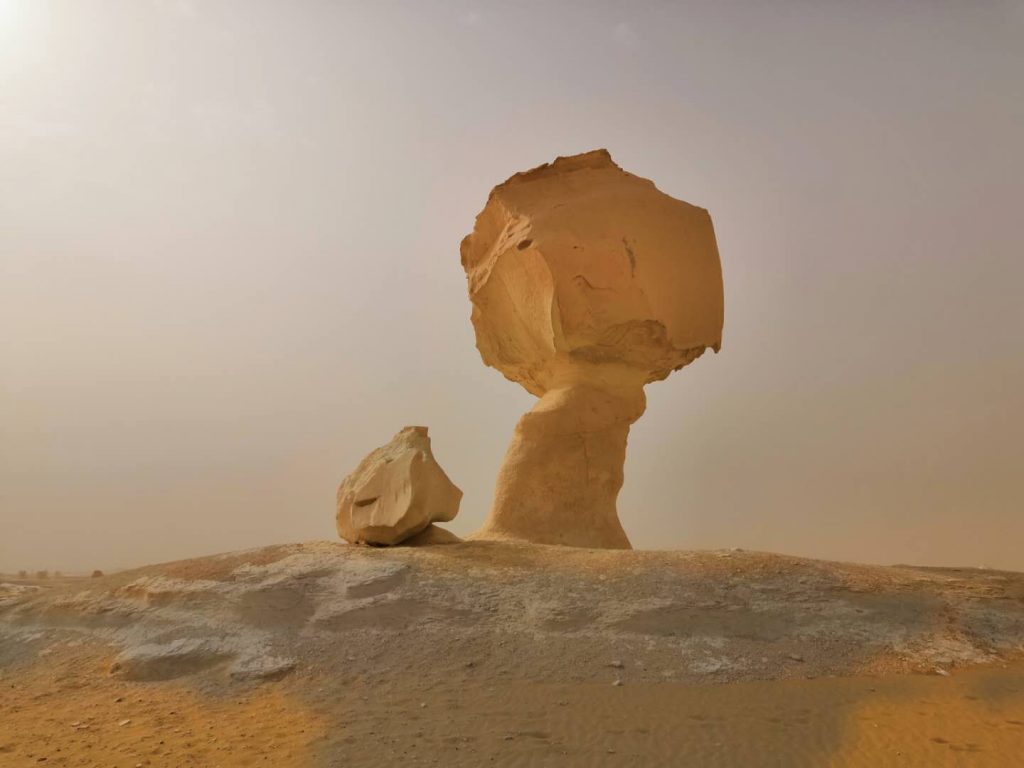
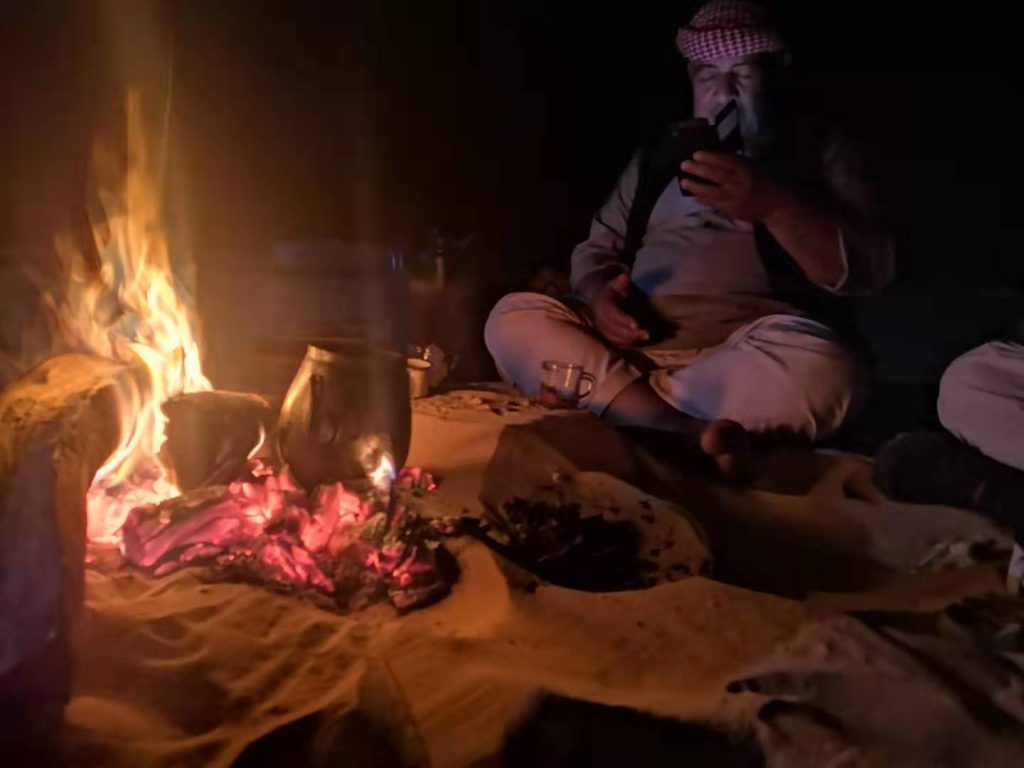
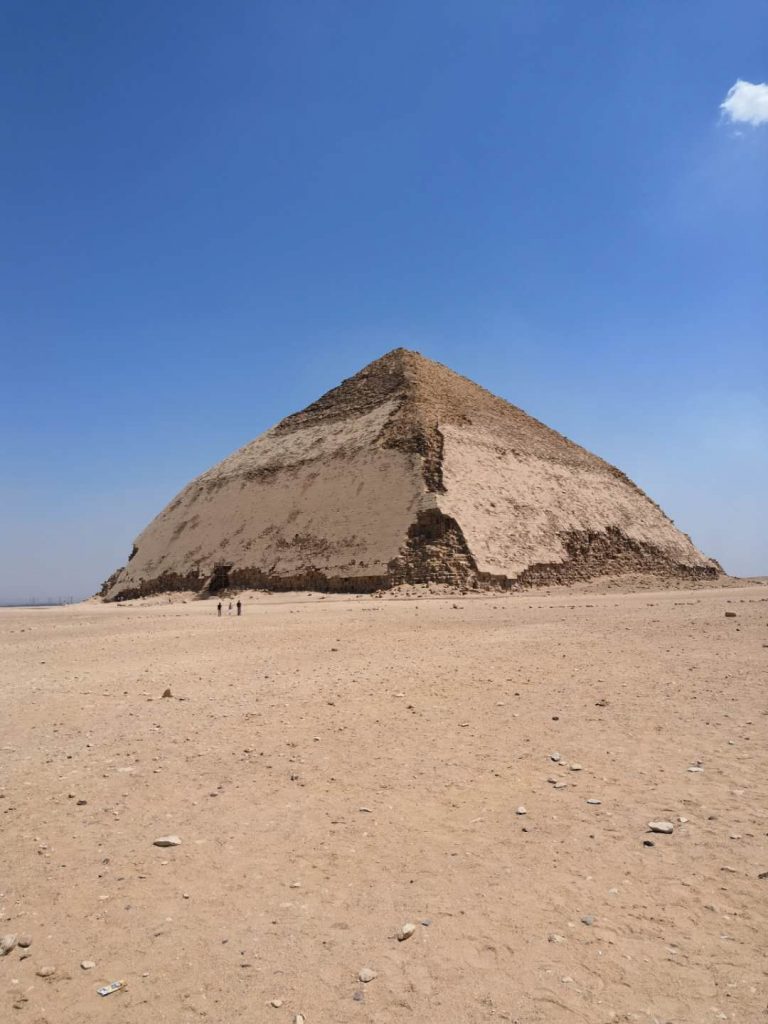
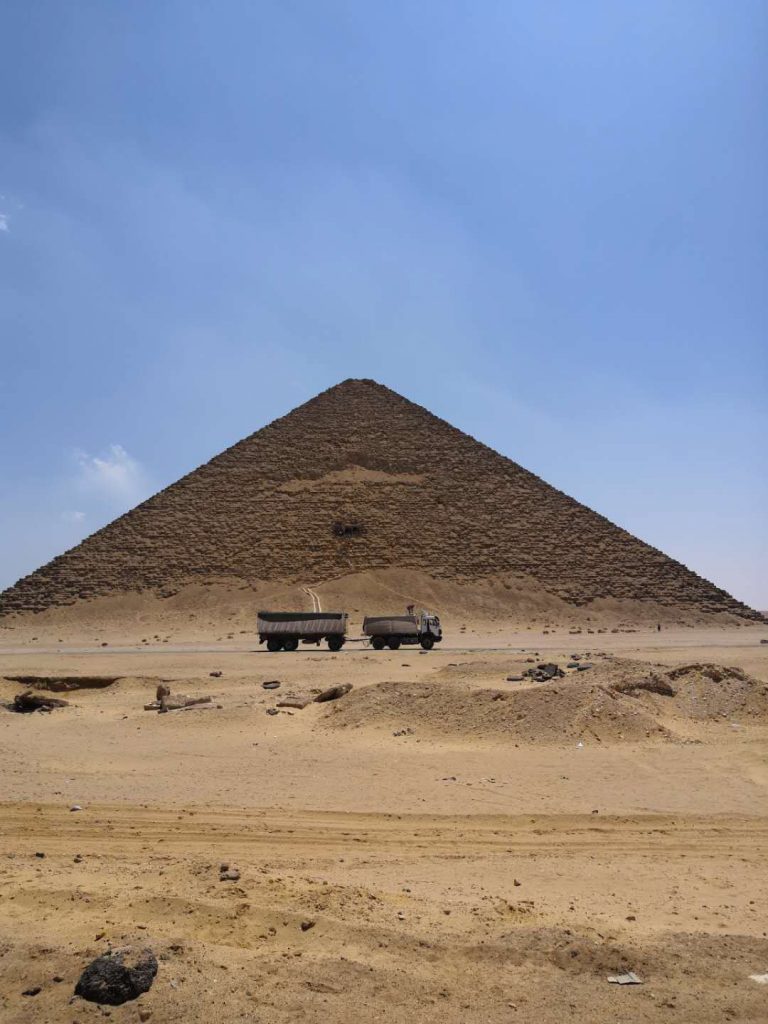
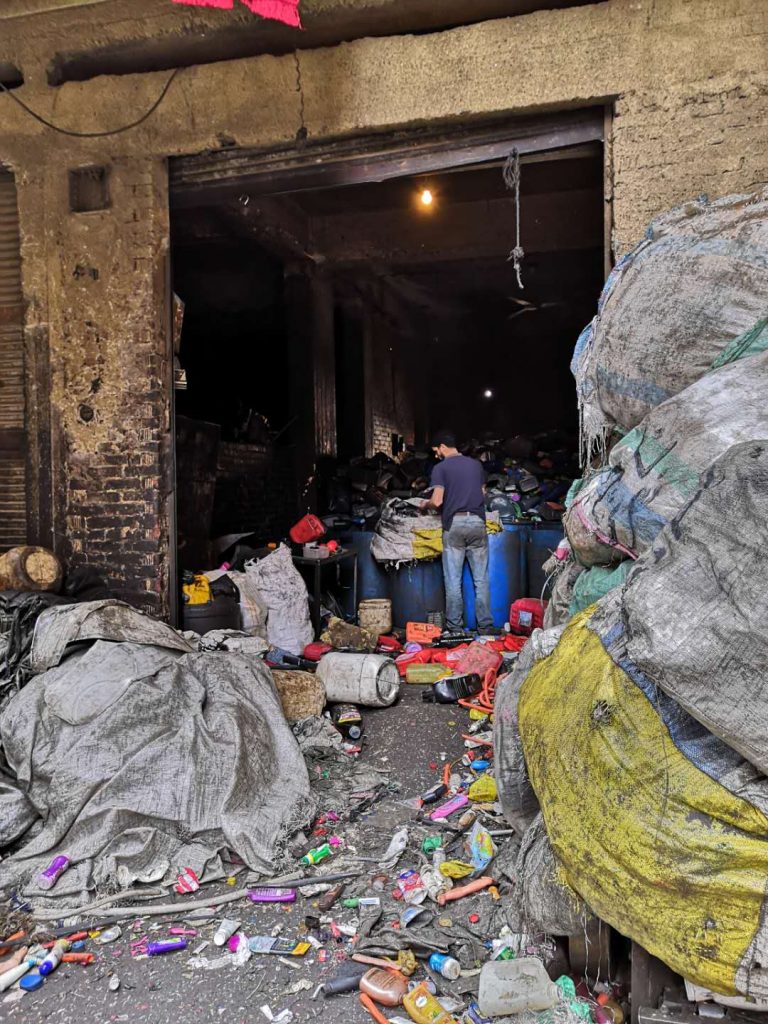
These are the destinations that made us start running tours to Egypt and keep us passionate about taking people back here. There is more to the country than the pyramids of Giza printed on 100,000’s of postcards, and we are on standby to take you to these fascinating places.
They will get you well out of your comfort zone, exploring and attempting to understand the reality of the lives of so many in this country living in severe poverty, what can be done to help, hearing the stories of those who live in these areas and looking into sustainable solutions to a significant problem that like the city of Cairo grows bigger every day.
We also provide the opportunity to explore places in Egypt that are so often missed by tourists and tour groups. From the once in a lifetime experience of being the only person standing at the base of mighty pyramids or the thrill of camping on what feels like another planet with the glow of moonlight illuminating the Martian like landscape of the white desert.
City of the Dead
Cairo now has a population of over 20 million people, and as the city has continued to grow, many of the city residents who live in poverty have been forced to move farther and farther to the outskirts of this megacity. One area the poor have flocked to in mass is an area known as the “City of the Dead,” which is a cemetery holding the remains of humans from all the way back to the 7th century. People have now taken up residence in ancient mausoleums and amongst the tombstones where the dead and the living now coexist together. Our guides will take you through this area, acting not only as your tour guide but as a translator so you can truly understand the realities and hardships in one of Cairo’s biggest slums from the people who live there themselves.
Visit the Lesser-Known Pyramids of Egypt, Including the Bent Pyramid, Red Pyramid and Pyramid of Djoser
While the pyramid of Giza is a must-see, we recommend getting off the beaten path and exploring these three pyramids, in particular, each with a unique story or symbolic meaning and very few visitors.
The bent pyramid is one of the three which was built for the founding pharaoh Sneferu in Dashur, a UNESCO world heritage site. When approaching from the outside, it is clear that there is something markedly different from this pyramid than others in the area. Structural problems, caused by the unsteady underground, forced the builders to encase this central pyramid in a girdle with a slope of 54°27’44”, giving it a unique appearance. In light of this mistake during the construction, the Bent Pyramid is a remarkable sight to take in. Standing at 332 feet tall, it is also unique from other pyramids in that its limestone remains in tack so visitors to the pyramid can get a feel for what the pyramids of Egypt were intended to look like.
The red Pyramid, Egypt’s third-largest, is named after the reddish shade its limestone blocks give off and is most significant as it is regarded as being believed to be Egypt’s first successful attempt at constructing a “true” smooth-sided pyramid.
Last but not least is the pyramid of Djoser, which is always overshadowed by Egypt’s other pyramids. Not as spectacular in architecture or size as its more famous neighbours, what really makes this pyramid worth the visit is the fact that it is widely thought to be the largest intact one left at over 4,700 years old a jaw-dropping fact in itself.
In our opinion, the best part of visiting these pyramids is the chance to have an authentic and raw travel experience amongst some of the greatest wonders created by humankind without being surrounded by hordes of tourists all aiming for that perfect shot and the crackling sounds of tour guides shouting over groups on portable microphones.
One of the biggest problems that has plagued the city of Cairo for decades and has been made exponentially worse as the city has grown is a lack of an organised trash system. There is no place this problem is more evident than in Manshiyat Naser, otherwise known as Garbage City. Much of Cairo’s trash is taken here for the residents numbering over 250,000+ to begin the process of recycling it. The area covering just over 5 square kilometres lacks anything resembling infrastructures such as running water, electricity or sewers. This is a side of Cairo most people choose to ignore, but one that we feel has great importance in bringing to light. A visit here can be shocking, but the colourful locals who make up the area eager to share their stories and the impact visitors are left with that shows the strength of the human spirit and simple things like love, laughter, and life go on in the most adverse of conditions makes it well worth the stop and a rewarding experience.
Manshiyat Naser the City of Garbage
One of the biggest problems that has plagued the city of Cairo for decades and has been made exponentially worse as the city has grown is a lack of an organised trash system.
There is no place this problem is more evident than in Manshiyat Naser, otherwise known as Garbage City. Much of Cairo’s trash is taken here for the residents numbering over 250,000+ to begin the process of recycling it. The area covering just over 5 square kilometres lacks anything resembling infrastructures such as running water, electricity or sewers. This is a side of Cairo most people choose to ignore, but one that we feel has great importance in bringing to light.
A visit here can be shocking, but the colourful locals who make up the area eager to share their stories and the impact visitors are left with that shows the strength of the human spirit and simple things like love, laughter, and life go on in the most adverse of conditions makes it well worth the stop and a rewarding experience.
The White Desert
In our experience, the white desert is one of the most criminally underrated sites not only in Egypt but in the whole of Africa. Visitors often describe this place as akin to visiting another planet as the contrast of what you will find here is so different from the rest of the Egyptian desert. Full of calcium and rock deposits that have formed over time due to centuries of sandstorms and erosions, the white deposits tower over the desert, taking on various shapes, some of which have been described as icebergs, ice cream cones and mushrooms. We recommend taking a night to camp amongst this unique landscape and sleep under some of the best stars you will ever see.
Independent Train Travel in Egypt
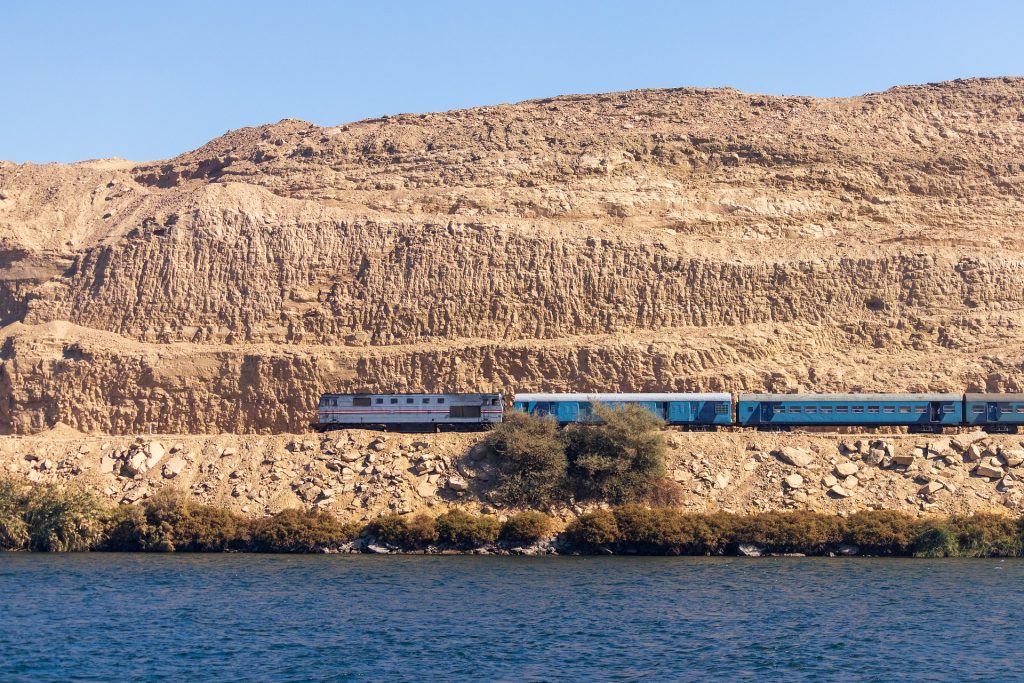
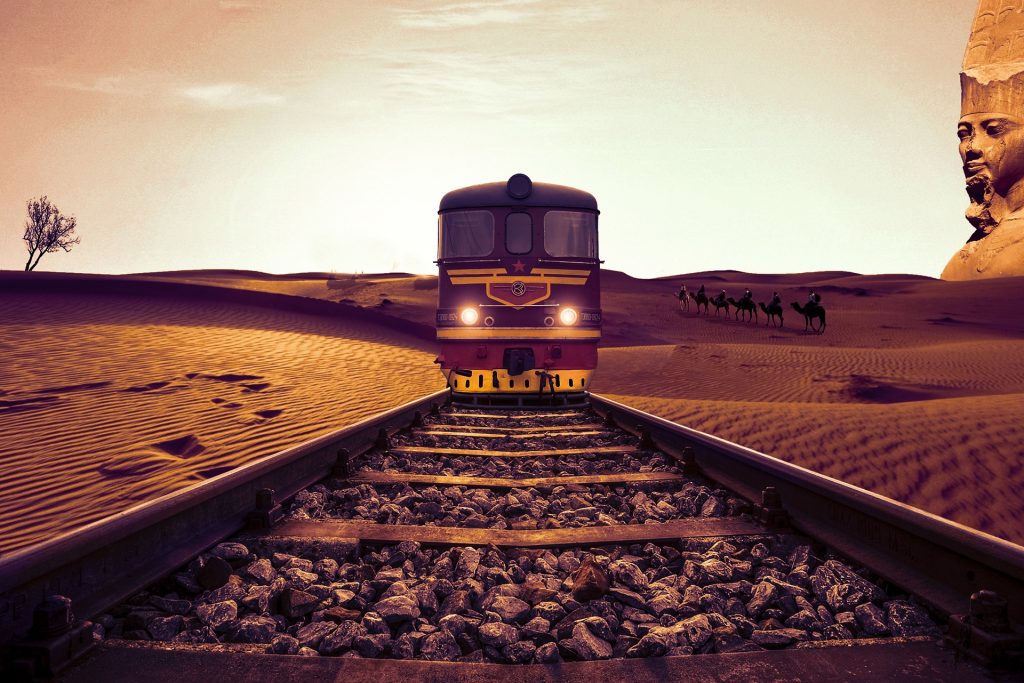
One of the legacies left behind from British rule in Egypt is a massive network of train tracks encompassing more than 5000 km of track and serving as an important lifeline for the people of Egypt linking major cities and towns.
The Egyptian train network is old, and the conditions of the cars is not the best, with delays being standard on the line. If you are an enthusiast of train travel and ready to get out of your comfort zone and mingle with the locals, this is one of the best ways to see the country. However, if you are looking for a more comfortable experience, we would recommend sticking to a private vehicle or bus for your transportation needs.
For most train journeys in Egypt, three classes are available for bookings and they are:
1st class – This is as close to luxury as possible on the Egyptian train network with padded seats, aircon, tea, snacks, and a toilet available, cleaned often by the attendant.
2nd class – Battered seats with vinyl that hasn’t been updated in decades, aircon is technically available but more than likely won’t work, you will need to bring your own snacks with you and don’t expect toilets to be up to anything resembling western standard.
3rd class – If you are looking for a story to tell, the third class section is where you will want to be. Packed to the brim with locals, loud, people trading goods, and with the smells of traditional Egyptian dishes permeating the air, you will likely leave the journey with multiple new friends and invitations to visit Egyptians and their families all over the country.
Some routes in the country also run overnight, with basic sleeping carriages available for travellers.
For detailed information on routes, timetables and booking tickets, please get in touch with us.
Guided Independent Tours to Egypt
We’ve formulated our favourite off the beaten path sites and classic favourites in Egypt into our “Alternative Egypt tour,” which we run two to three times a year. Check out the itinerary here as a starting point if you are not quite sure what you would like to see in Egypt yet and to get a flow as to how a short tour around the country looks.
Of course, if you would like to do this exact itinerary for yourself or your group, we can also arrange this.
North Africa & Beyond Tour Extensions
One of the most significant advantages of travelling in Egypt is Cairo, which is massively connected can serve as a hub country for a Northern African adventure.
We are also specialists in arranging travel to neighbouring countries and regions in the area such as Mauritania, Morocco, Moroccan Western Sahara, the Sahrawi Arab Democratic Republic, Bir Tawil, Sudan and South Sudan.
In Summary
Egypt may be a trendy travel destination for tourists all over the globe who are interested in exploring the relics and ruins of ancient times and as an introduction to Africa as a whole as a continent.
While this country has been explored many times over, we still feel like this country still has a lot left in it to be discovered, and authentic experiences are still possible to come by. It’s easy to shrug off Egypt as being too mainstream, but we would like to be the ones to prove you wrong.
Curious about sample itineraries, pricing, or just have general Egypt related questions? Our team is on standby! Click here to contact us today.






